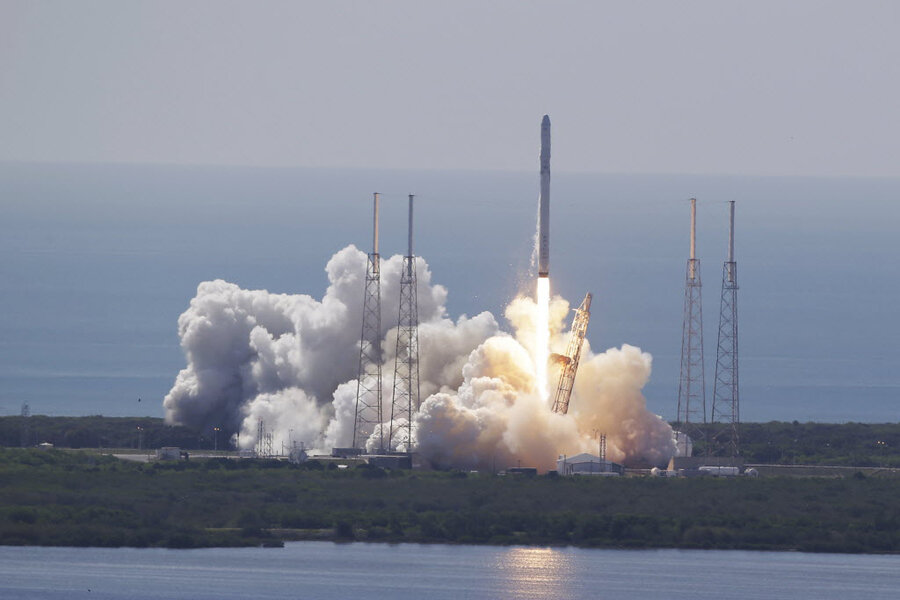Who will be first astronauts to blast off in commercial shuttle?
Loading...
NASA has selected four astronauts to boldly go where no NASA astronaut has gone before.
Veteran astronauts Robert Behnken, Sunita Williams, Eric Boe, and Douglas Hurley will be the first NASA astronauts to travel on commercial space capsules, NASA Administrator Charles Bolden announced Thursday.
The aim is to send the four on capsules built by Elon Musk's SpaceX and Boeing sometime in 2017.
All the selected astronauts have test pilot experience and have spent extensive time in space.
- Air Force Col. Robert L. Behnken from St. Ann, Missouri, has been with NASA since 2000. He has logged more than 708 hours in space spaceflight including more than 37 hours in six spacewalks. Until recently Mr. Behnken was the head of the astronaut office.
- Born in 1965 in Euclid, Ohio, Navy Capt. Sunita L. Williams joined NASA in 1998. During her first spaceflight started in December 2006, she established a world record for females with four spacewalks totaling 29 hours and 17 minutes. Astronaut Peggy Whitson broke the record in 2008.
- Air Force Col. Eric A. Boe was part of shuttle Discovery's last crew. The shuttle’s final mission started in February 24 and lasted for 13 days, during which the shuttle accomplished in 202 Earth orbits, traveling 5.3 million miles. Mr. Boe joined NASA in 2000.
- And retired Marine Col. Douglas Hurley from Endicott, New York, was the pilot of 135th and final mission of NASA’s Space Shuttle Program in 2011. He joined NASA in 2000. Mr. Hurley has logged over 4,500 hours in more than 25 aircraft.
NASA retired its space shuttles in 2011 and has since relied on Russian vessels to transport US astronauts to the space station. In September, the space agency entered into a $6.8 billion contract with SpaceX and Boeing to take over the role of NASA's space taxi, as the Monitor’s Noelle Swan reported.
There are over 350 American companies working across 36 states on NASA’s commercial crew initiative, Mr. Bolden said Thursday.
“Every dollar we invest in commercial crew is a dollar we invest in ourselves, rather than in the Russian economy,” he noted. “It currently costs $76 million per astronaut to fly on a Russian spacecraft. On an American-owned spacecraft, the average cost will be $58 million per astronaut.”
The commercial space flights is a step further toward the NASA’s Mars mission. As part of the mission, the goal is to send American astronauts to the Red Planet in 2030.






